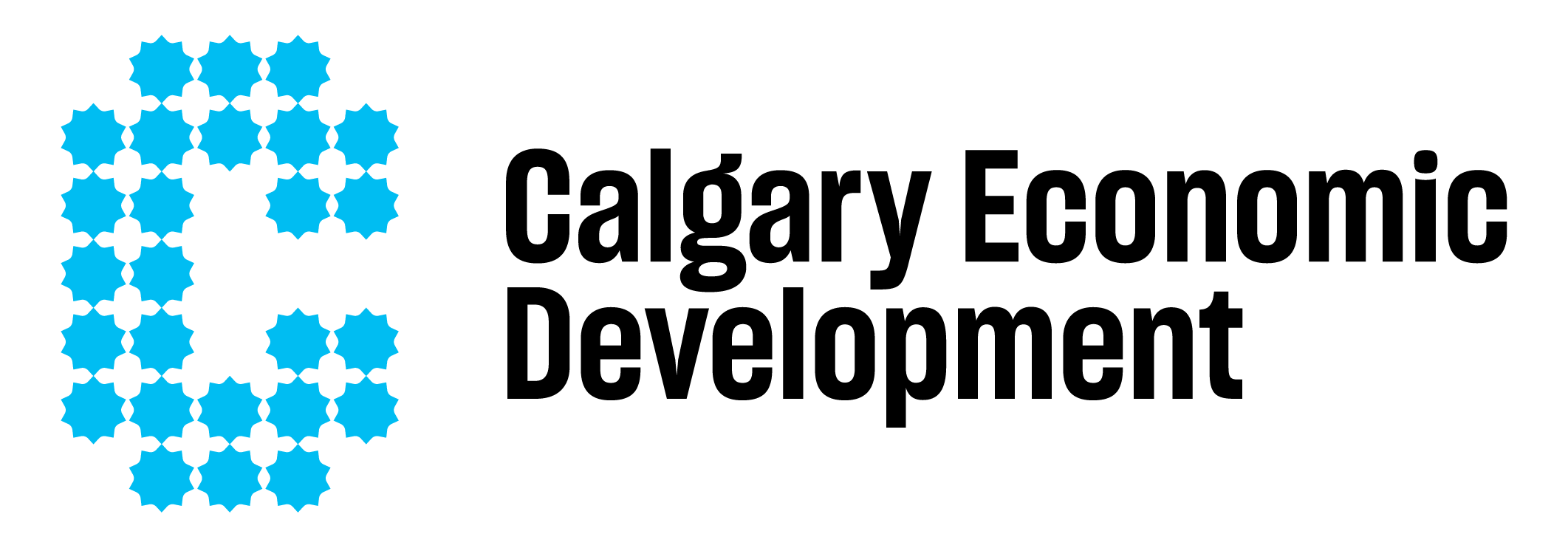Joel Schlesinger © Postmedia Network Inc.
Organizations today are faced with a triple whammy on their bottom lines.
Inflation has been running hot, so their costs for labour, supplies and just about everything else have gone up since the end of the pandemic. That high inflation has also sparked a steep jump in interest rates, raising borrowing costs.
The challenges don’t stop there.
“The third factor is companies now have less ability to pass higher costs to their customers,” says Matt Harmsworth, partner with EY’s financial accounting advisory services in Calgary.
As a result, cost is king in today’s world. Or more aptly, lowering costs is king. To do that, organizations must look to optimization.
Harmsworth notes many business leaders certainly understand the challenges, pointing to a recent EY global survey that found half of financial executives indicated that rising costs are driving them to cut funding in areas that are also long-term priorities.
Although these leaders are pushing for reductions, Harmsworth and other consultants at EY — one of the world’s largest business services firms — note that the optimizations shouldn’t be seen as a short-term measure.
“We help clients with cost-optimization strategies to drive sustainable reductions in cost long term.”
While immediate reductions are required, given the current cost pressures, many organizations become too focused on short-term results that are not sustainable, he adds.
“Two years from now, costs will creep back up, so we help our clients set up a sustainable optimization of their operations,” he says, adding EY also helps clients implement those changes.
Areas where EY provides guidance include helping clients grasp spending across their business, defining and implementing short- and long-term strategies that reduce the goods and services required for ongoing operations. This also includes advice on simplifying and automating processes that drive efficiency and reduce costs.
Last, and certainly not least, is talent.
“Businesses are experiencing a lot of labour cost inflation,” Harmsworth explains.
Rather than only looking at how to shed talent as a cost lever, EY also helps companies retain and attract the right talent, avoiding the associated recruitment and onboarding costs. By addressing these four areas, organizations not only achieve near-term cost reductions, they optimize their operations, which results in long-term, sustainable reductions in costs. At heart, it’s about making organizations proactive rather than reactive, says Harmsworth.
“If you are proactive and taking a long-term view to cost optimization — that’s where real strategic advantages come for the most successful organizations.”
This story was created by Content Works, Postmedia’s commercial content division, on behalf of Calgary Economic Development.

